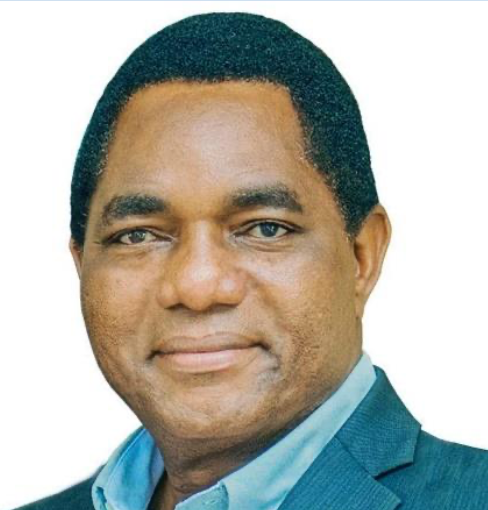By Aarya Krishnan
Lusaka, Aug 16: Zambia is a landlocked country located at the crossroads of Central, Southern and East Africa. Its neighbors are the Democratic Republic of the Congo to the north, Tanzania to the north-east, Malawi to the east, Mozambique to the southeast, Zimbabwe and Botswana to the south, Namibia to the southwest, and Angola to the west.
The politics of Zambia takes place in a framework of a political representative democratic republic, whereby the President of Zambia is head of state, head of government and leader of a multi-party system. Administrative power is exercised by the government, while governmental power is appointed in both the government and parliament. Formerly Northern Rhodesia, Zambia became a republic instantly upon attaining independence from the United Kingdom in October 1964.
On Monday, 16 August 2021, Mr. Hakainde Hichilema became president after 5 failed elections, taking over from incumbent Edgar Lungu – the former president of Zambia who had led the country for 6 years. Hichilema won by a huge margin, garnering 2.8 million votes — past the threshold of the more than 50% needed to win the poll. Lungu, who came in second, garnered 1.8 million votes.
Zambia’s new President-elect, 59-year-old Hakainde Hichilema, is determined to push Zambia forward as a key player in the new low carbon world order, the secret weapon being copper. Zambia is the second greatest producer of copper in Africa and has significant quantities of cobalt too. As they say, sixth time is the charm!


